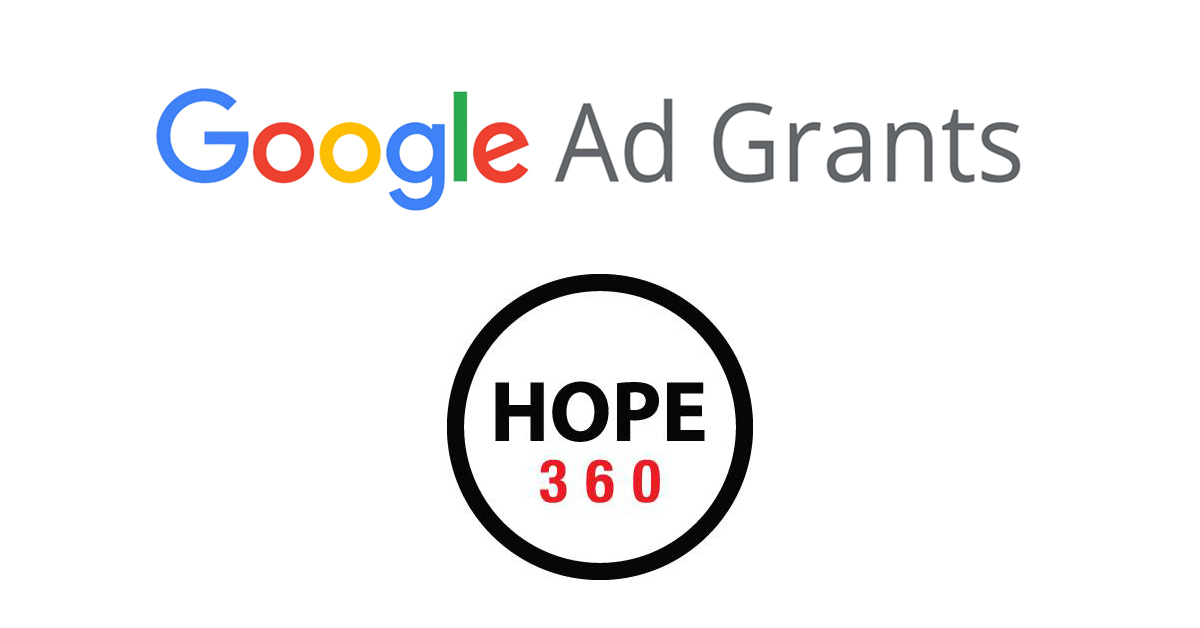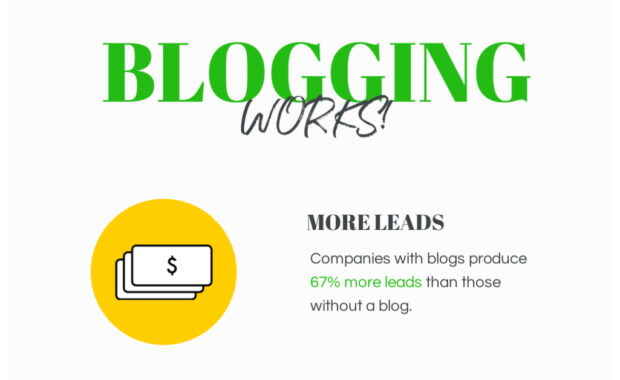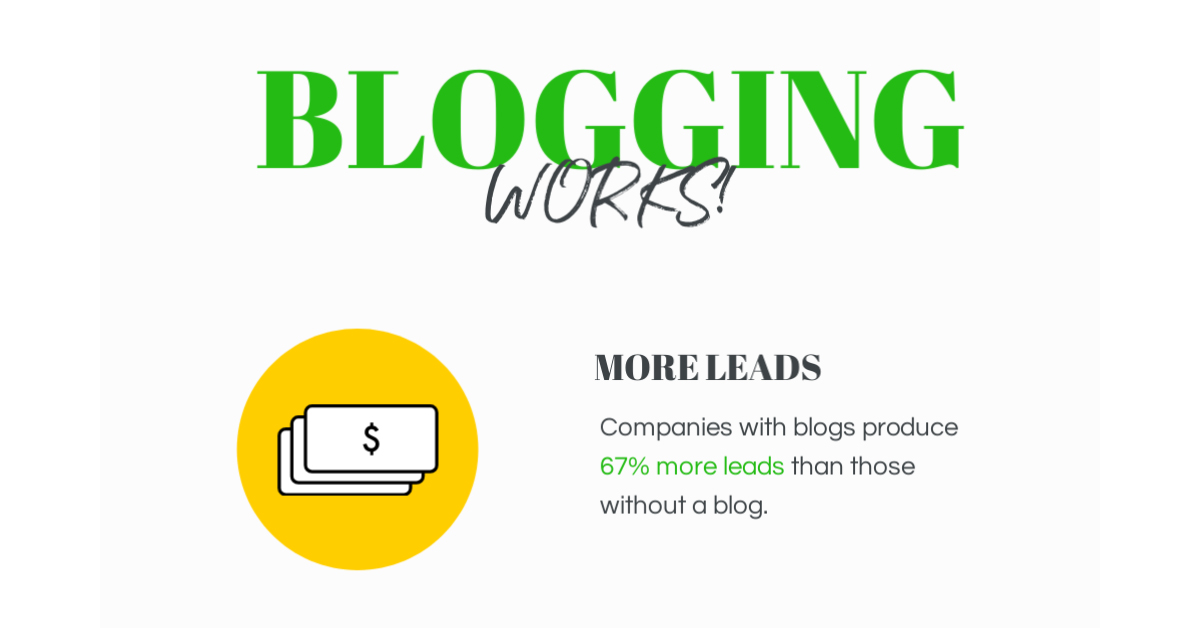
Far too many business owners and agency personnel continue to think of search engine optimization (SEO) as a silo rather than a circle. What does that mean? It means they may think of SEO as keywords only and not as a holistic, ongoing process of digital marketing. That’s because of the misinformation that’s been shared throughout the years.
The Silo and the Wheel
Think of a silo. Here in the Midwest as you drive through the countryside you can see many silos among the farms. They’re tall and straight and not interconnected. New feed pours into the top and older feed tumbles out from the bottom to feed the animals. It’s a linear, straight-line motion, with a start and stop, top and bottom, and one purpose.
Now think of a circle, perhaps the wheels on a bicycle. Imagine the bicycle wheels turning. At any point in its motion, a bit of the wheel touches the ground but quickly moves on, circling around and around again, supporting the bike and its rider and propelling it forward.
Many marketers and business owners imagine that SEO is like a silo. You put keywords into the hopper or add them in special ways to a web page and out pops an optimized website. Once and done. But it’s not like that.
It’s more like the bicycle wheel. The spokes on the wheel are the many factors that go into helping a web page rank well in the search engine results. You have to return again and again to each factor, tweaking it, improving it, and doing so again and again to constantly make your site visible to Google. One spoke should be technical SEO, another, optimizing content for high converting keywords. Another spoke may be digital marketing, another social media, another videos…they all work together to make your site visible.
Keywords alone won’t help your site rank well with Google and other search engines. Like a wheel, many points turn around the axis of SEO. It’s a holistic, circular process rather a linear process.
What Is Search Engine Optimization?
Search engine optimization is the process of increasing both the quality and quantity of website traffic by improving the visibility of a website or web page. To improve the visibility of a web page means to make it stand out among the millions of web pages crawled by search engines such as Google so that the search engines review the web page content and match it quickly and easily to a searcher’s query. The closer the page matches the query, among a number of other factors, the better it ranks in the search engine results page.
Google Looks at Over 200 Factors to Rank Websites
That’s not a mistake. Google does indeed consider over 200 factors to determine where to position every web page in its query results.
The good news is that the average site owner doesn’t need to master all 200 factors. The bad news is that if you’ve equated SEO with keywords you’ve considered only one out of approximately 200 factors. There are 199 or so left to figure out and fix.
Now you can see why SEO is holistic rather than linear. A linear SEO process would mean working sequentially down all the approximately 200 factors, making them the best you can, and moving on, once and done.
Google is never finished searching, ranking, and improving its ability to respond to a user’s inquiries. With hundreds of billions of web pages to crawl, rank, and find again, consistent, incremental improvements to a web page’s searchability may mean the difference between ranking on page one of the SERPS or ranking on page 2 or below.
Nearly 100% of clicks go to results on page one of the SERPS with 75% going to the first link shown on the results page. Ranking also changes frequently as new pages enter the web and old web pages are tweaked, changed, and adjusted.
If you’ve “done SEO” once and think you’re done, think again. It’s more than keywords and the ranking factors or algorithms are continually changing. It’s creating a sleek and secure website that loads quickly. It’s a site that’s mobile first rather than responsive. It’s a site that infuses keyword phrases into multiple aspects of the page, not just visible text, and encourages users to stick around and explore more. It’s much, much more.
In other words, it’s a great website that performs well in multiple categories over time. It’s not just one aspect of SEO that gets results. It’s everything coming together holistically to show the search engines, “This site is the best match, ever, to that person’s inquiry. Show it to her.”
Dashboard Interactive: Holistic SEO Starts Here
Dashboard Interactive has always taken a holistic approach to SEO. From the moment we evaluate a potential client’s website to the day we embark on a digital marketing program; we are thinking about the factors that Google takes into account to build site visibility. You don’t need to become an SEO expert. We’ve got the expertise right here, right now on our team. Let’s talk about how we can help your site rank better, become more visible, and make your company more money.
















